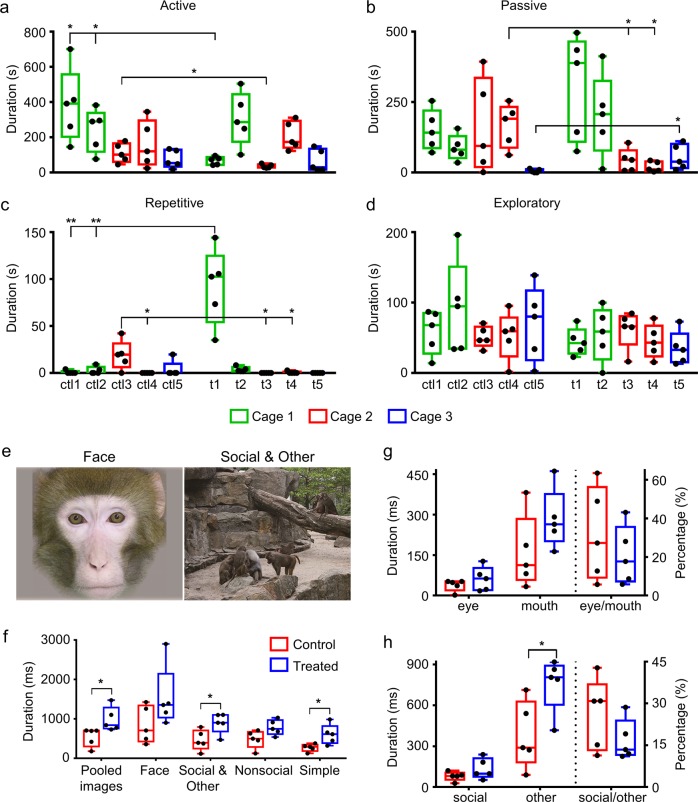Fig. 4. Autism-related behavioral abnormalities and altered eye gaze toward social stimuli in VPA-treated monkeys.
a–d Active/passive social interaction durations, defined by the average time a monkey initiated a or received b interaction with any other monkey in the group during a 20-min period. Stereotypical c and exploratory d behaviors depicting the durations of repetitive circling and exploration towards the surroundings, respectively. n = 5 for VPA-treated and control monkeys each. Three monkeys (t1, t2, and t3) were exposed to 200 mg/kg VPA twice on GD 26 and 29. The other two monkeys (t4 and t5) were exposed to 300 mg/kg VPA twice on GD 26 and 29. Each boxplot represents the data of one monkey and each dot depicts the data recorded daily from one monkey. Different colors indicate different cages. e Examples of representative stimuli used in the eye-tracking test: “face” (n = 20 different images) and “social & other” (natural complex scene with monkeys, n = 25 images). f The average time spent on each stimulus of 80 total images including “face”, “social & other”, “nonsocial”, and “simple”. VPA-treated monkeys spent significantly more time on “social & other” and “simple” stimuli. g Fixation duration directed at the region of “eye” or “mouth” of the image, and the ratio of duration on “eye” to that of “mouth”. h Fixation duration directed at the region of “social” or “other” of the image, and the ratio of duration on “social” to that of “other”. Each dot represents the data from one monkey. Error bars represent s.e.m., *P < 0.05 and **P < 0.01 by Student’s t-test

